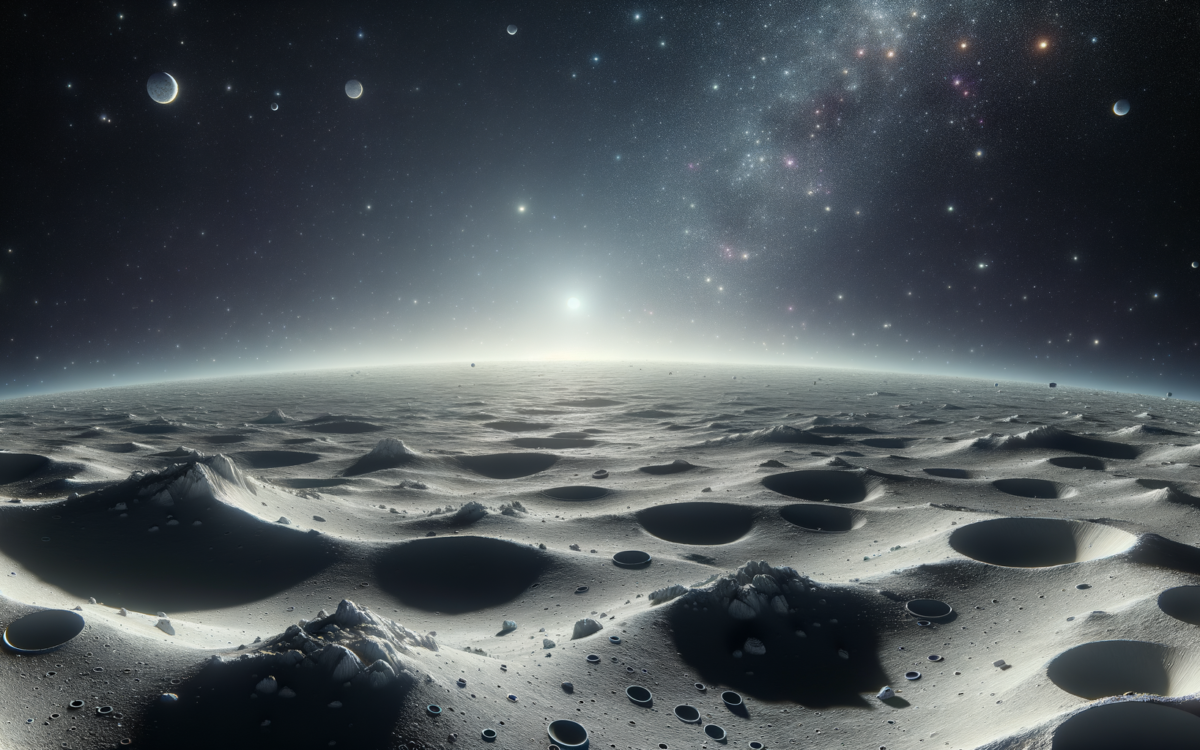The Mysterious Source of the Moon’s Exosphere Unveiled
- Scientists have discovered that tiny micrometeorite impacts replenish the moon’s thin layer of gases, known as the exosphere.
- The moon lacks a substantial atmosphere due to its weak gravitational pull, which cannot trap breathable gases.
- This research opens up new avenues for understanding atmospheric processes on asteroids and moons of other planets.
Understanding the Moon’s Atmospheric Mystery
For many years, the moon has been perceived as a barren body with no atmosphere, especially when compared to the rich and breathable air of Earth. This notion is indeed accurate when discussing a thick, life-sustaining atmosphere. Due to its limited gravitational pull, the moon cannot hold onto the gases essential for such an environment.
However, scientists have identified a delicate layer of gases surrounding the moon, referred to as an exosphere. This discovery dates back to the Apollo program, which hinted at a more complex relationship between the moon and its surrounding environment.
The Challenge of the Exosphere
One of the significant puzzles that scientists faced was how the moon could sustain its exosphere despite the constant loss of gases to space. With no reliable source to replenish the lost atoms, it was anticipated that the exosphere would have vanished due to the harsh conditions of space weather over time.
A Breakthrough in Understanding
A recent study has shed light on this enigma, suggesting that the moon’s exosphere is kept alive through the impacts of tiny micrometeorites colliding with its surface. These collisions result in a fascinating process known as impact vaporization, where the energy from the impacts releases gases that contribute to the moon’s exosphere.
Researchers focused on alkali metals, particularly potassium and rubidium, which are vaporized during these impacts. This finding not only answers a long-standing question about the moon but also paves the way for scientists to explore similar processes that may be occurring on asteroids and moons of other planets.
Jon’s Take
As we delve deeper into the cosmos, the moon continues to reveal its secrets, reminding us just how much we have yet to discover. The idea that micrometeorite impacts can sustain a thin layer of gases ignites curiosity about the atmospheric dynamics on other celestial bodies. What other cosmic mysteries await us in the vastness of space? The truth isn’t just out there – it’s right here, waiting to be uncovered.
Original Article




